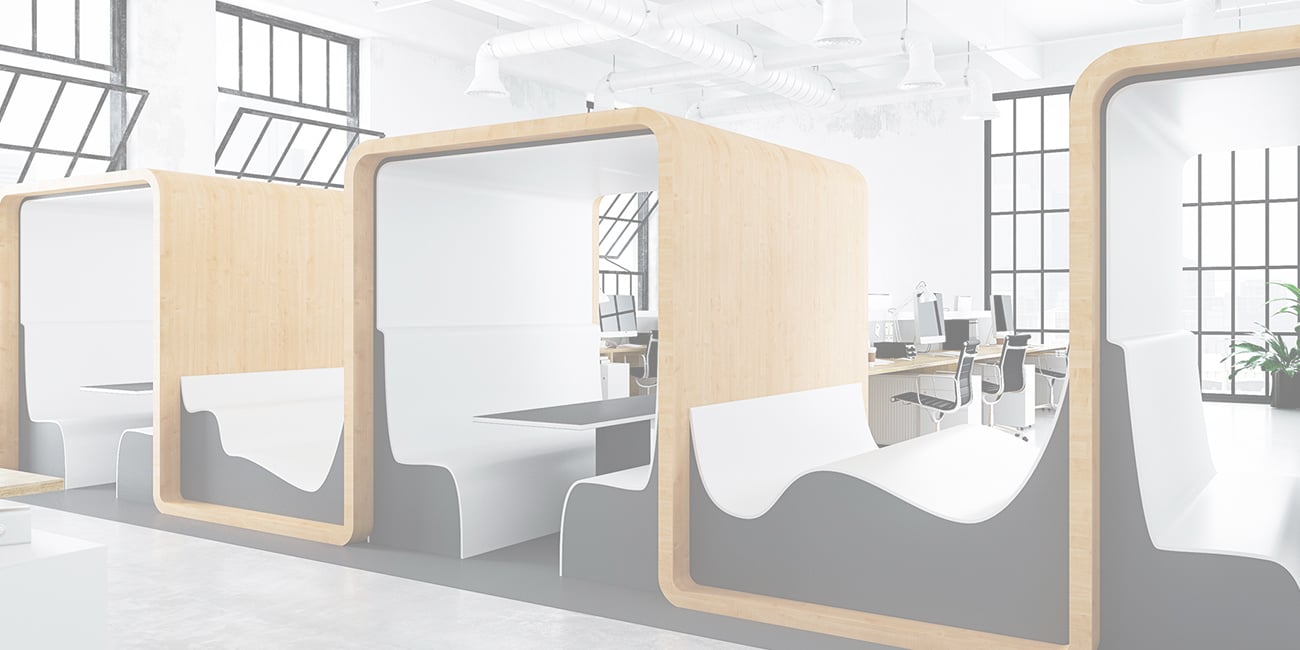

September 22, 2022
Nicola Matthews
Nicola Matthews has over 8 years of marketing experience in the HVAC industry, and is a member of the Global Web Marketing team at FläktGroup.

Nicola Matthews has over 8 years of marketing experience in the HVAC industry, and is a member of the Global Web Marketing team at FläktGroup.
Introduction: Why is Indoor Air Comfort & Air Treatment important to us all?
Human beings are by nature sensitive to our surroundings; we are equipped with multiple tools that help us react and accustom ourselves to the world around us (Sight, Hearing, Touch etc.)
When the air around us is not good quality we notice this, for example we will feel the cold, or notice when the humidity is high or indeed feel uncomfortable when there are unpleasant odours around us. In some cases, we might not even appreciate the subtleties of how temperatures can affect our well-being and productivity.
Humans are also often vastly different to one another, and whilst many differences should of course be celebrated, not sharing the same preferred air temperature as a colleague is not one of them. Let’s face it, most of us at some point have disagreed with a friend or colleague about the air temperature at home or in the office.
We also spend a lot of our time in buildings; as such the primary purpose of Air Treatment or HVAC (Heating, Ventilation, and Air Conditioning) systems in buildings is to create a solution that provides this comfort and quality without us noticing its presence. This is not always easy when you have multiple room sizes, local legislation, and pressure to conserve space within a building.
Additionally, we are continuously increasing our awareness and understanding of the finite resources of our planet. This means that we must also be considerate of system efficiency and energy usage in order that we can continue to live in a society where we use buildings the way we do.
There are many solutions and products that pertain to indoor air and indoor fire safety, but here we will look at those that can be categorised under the heading ‘Air Treatment.’
What is Air Treatment?
The primary role of Air Treatment is to focus on indoor comfort and indoor air quality (IAQ) for people who are occupying a building. Usually, a system will be centrally managed and will treat the air within the building via air handling units (AHUs).
An AHU (Air Handling Unit) will:
AHUs will vary in unit size and also vary in the airflow range they can manage. To keep it simple AHUs can be categorised as follows: Floor Mounted or Ceiling mounted Compact AHUs, Modular and Residential. Within these categories you will find more standard plug-and-play installations as well as, where modular is concerned, very highly customisable solutions.
These products form part of a complete solution, whereby indoor air comfort can be customisable to suit the needs of people; remember that we are all different. There are solutions that will allow us to all be comfortable within a certain area inside a building. Or controls that change the airflow based on the activity within a building. For example, a small office will require different treatment of air when compared to a large sports hall.
These product solutions will also have options for integrated energy recovery where any heat in the air that is being pushed out of a building is then recycled back into the fresh air coming in. Meeting demands to specifically tackle a certain type of application, such as swimming pools where the humidity is high or even in marine environments such as cruise ships where the conditions can be harsher.
How to optimise the Air Treatment Solution
Tackling indoor air quality is a task that requires nearly constant movement and treatment of air into, out of and around a building, this is an unavoidable fact. As such it is imperative to look at ways to improve this process and to use tools that will save money and energy.
Energy Recovery:
By including energy recovery products and utilising efficient components the system can achieve an optimised performance. There are many ways to tackle energy recovery that will vary depending on building type, for example within a hospital there will be increased pressure to ensure that contaminated air containing potential hazardous particles does not get recycled back into the building where vulnerable patients are.
Controls:
Controls for the remote management of AHUs put the power in the hands of the building owners, to ensure that the system is operating at the highest standards and to highlight where there are deficiencies in the system that can be resolved.
Regular servicing:
Of course, we are all familiar with this concept. Just like we might regularly check that our car is working by booking it in with a garage, it is also good practice to do the same with HVAC systems. Regular maintenance and service ensures that systems work long-term and provide opportunities to fix errors.
Retrofit Solutions:
Another way to extend the life of an air treatment solution is to retrofit parts of the system, such as controls. This allows the building owner to avoid costs that come with removing, building, and commissioning completely new systems. Find out more here: Why is it time to upgrade your controls for air handling units?
If you are interested to see what FlaktGroup offers as part of our Air Treatment range, we invite you to visit our website: https://www.flaktgroup.com/en/products/air-treatment/


